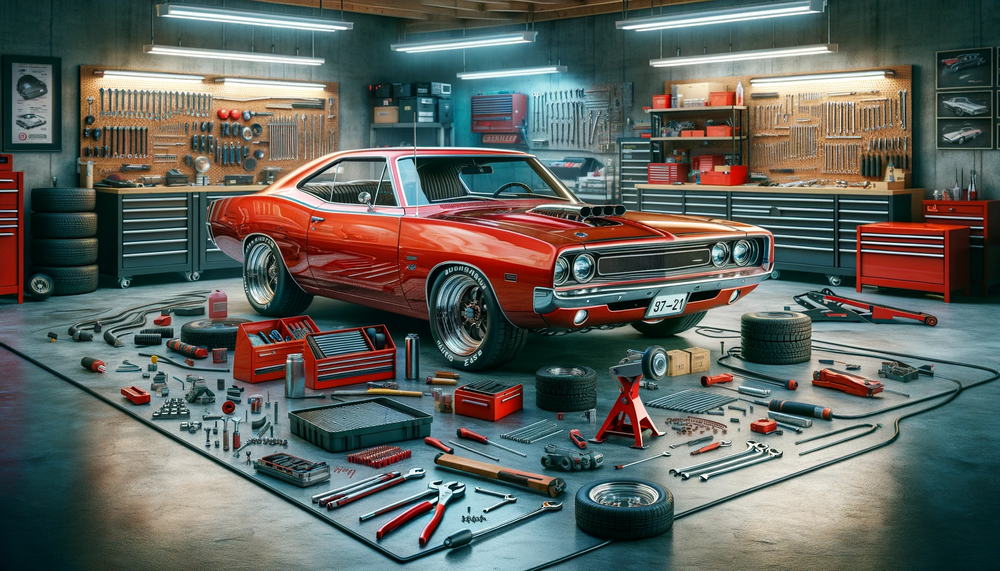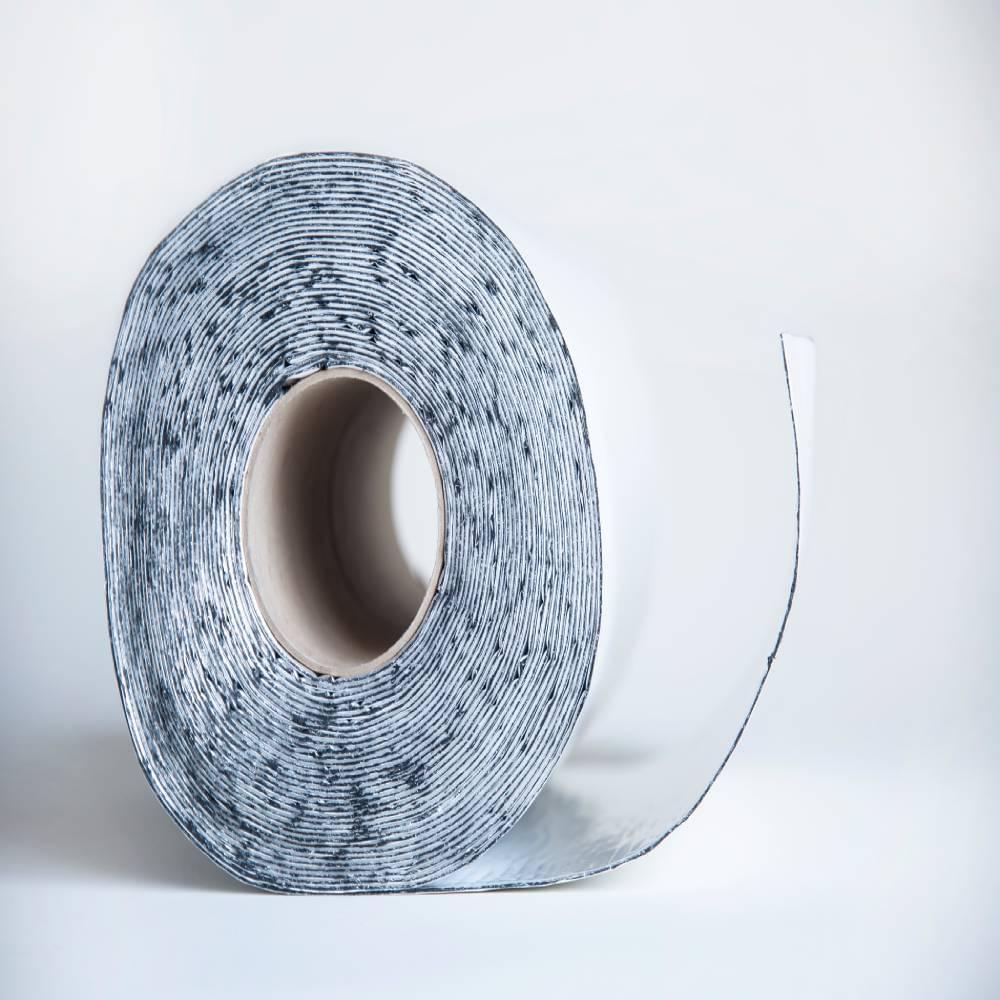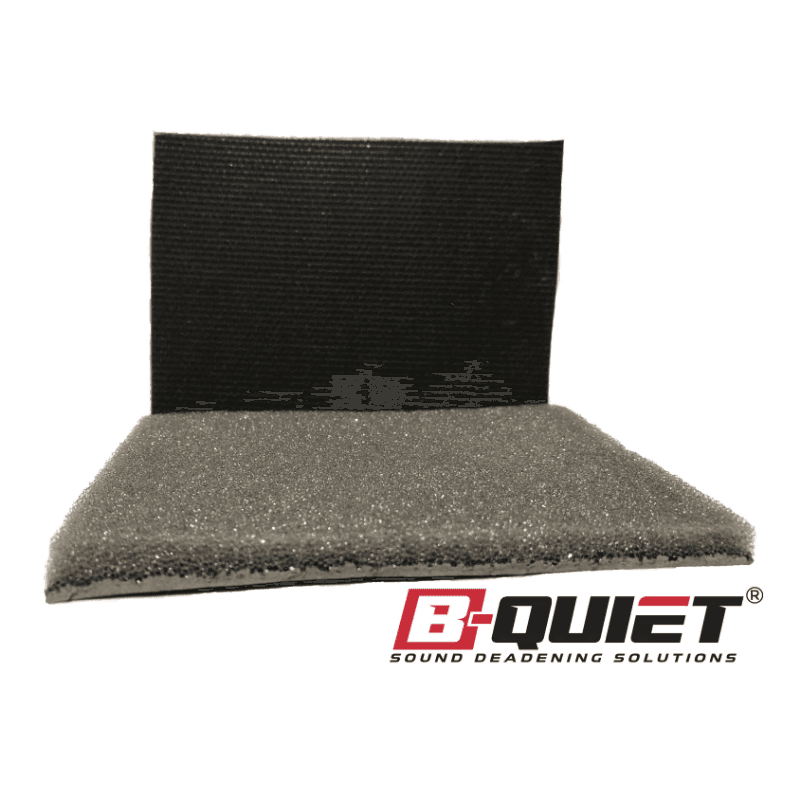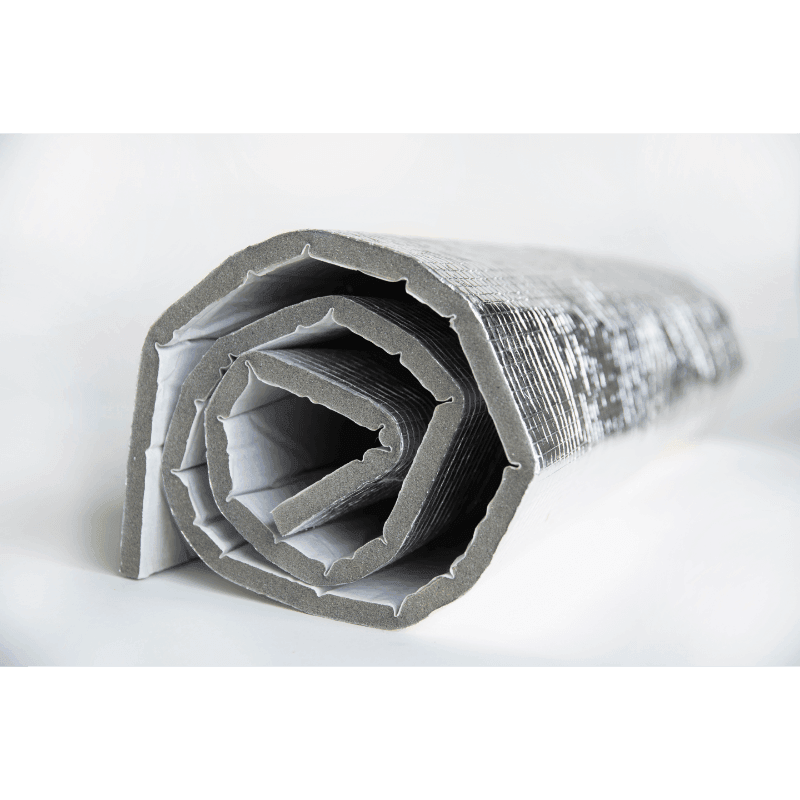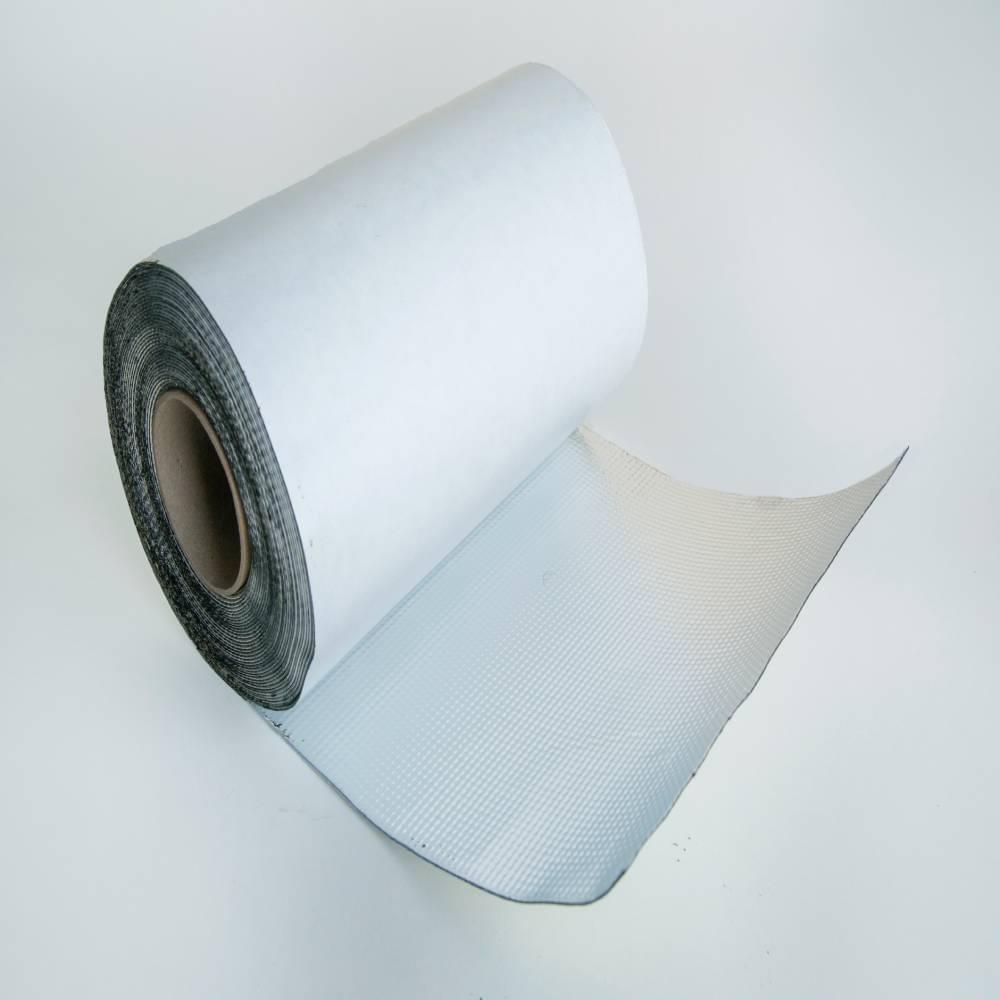Master the Art of DIY Sound Deadening with Expert Tips and Tricks
The desire for a quieter, more comfortable car, truck, or camper has driven many vehicle owners to explore do-it-yourself (DIY) sound deadening solutions. By reducing noise from road, wind, engine and other exterior sources, sound deadening can significantly enhance the driving experience, creating a more serene, enjoyable atmosphere. DIY enthusiasts can successfully achieve professional-quality results with sound deadening materials by understanding the basics of material selection, application techniques, and maintenance best practices.
In this ultimate DIY sound deadening guide, we'll walk you through the entire process of applying sound deadening materials to your vehicle, from choosing the best products to handling the installation and maintenance. Learn about various types of sound deadening materials, professional tips to ensure seamless application, and essential maintenance steps to keep your project in peak condition for years to come.
By undertaking a DIY sound deadening project, you can save a considerable amount of money compared to professional installation, further enhancing the value and comfort of your car, truck, or camper. Furthermore, mastering the art of DIY sound deadening grants you the skills to upgrade the comfort of any future vehicles, ensuring a peaceful and enjoyable driving experience for years to come.
Embark on your DIY sound deadening journey and discover how you can transform your vehicle's acoustics, creating a serene and relaxing environment for every drive. Take pride in your ability to enhance your vehicle with expert guidance, and enjoy the fruits of your effort with each subsequent journey.
Expert Tips for Successful DIY Sound Deadening Installation
By following these professional tips, your DIY sound deadening project can yield impressive results:
Tip 1: Plan and Research
Before beginning your project, research the best sound deadening materials for your specific vehicle type and the most effective application methods. Creating a detailed plan beforehand will help ensure smooth installation and optimal noise reduction.
Tip 2: Measure Twice, Cut Once
Accurate measurements are essential for a professional-looking result. Measure the areas you intend to apply sound deadening materials to and carefully cut the material to fit accordingly.
Tip 3: Thoroughly Clean Surfaces
Clean and degrease all surfaces to ensure a strong bond between your chosen sound deadening materials and your vehicle's interior. Depending on the material, you may need to use alcohol or other cleaning agents to remove dirt, dust, and residue.
Tip 4: Use Proper Tools
Utilize appropriate tools during the installation process, such as a utility knife, tape measure, and roller. A roller can help apply even pressure to the material as it adheres to the surface, ensuring seamless bonding.
Maintaining Your DIY Sound Deadening Project
To ensure your sound deadening project remains effective and in excellent condition, follow these critical maintenance tips:
Tip 1: Regular Inspections
Periodically check your sound deadening materials for signs of wear, damage, or detachment. Address any concerns promptly to maintain the effectiveness of your noise reduction solutions.
Tip 2: Monitor Moisture Levels
Be aware of excessive moisture or water damage that could lead to the degradation of sound deadening materials or cause mold and mildew issues. Address any concerns immediately to protect the longevity of your project.
Tip 3: Maintain a Clean Vehicle Interior
Keep your vehicle's interior clean and free of debris that could impact the performance of your sound deadening materials. Vacuum and wipe down surfaces regularly to protect the material's integrity and maintain a comfortable environment.
Additional Considerations for Completing Your DIY Sound Deadening Project
When completing your sound deadening project, consider these additional elements that can enhance the overall efficiency and visual appeal of your efforts:
Consideration 1: Aesthetic Appeal
While focusing on noise reduction, don't neglect the visual impact of your sound deadening project. Ensure your chosen materials blend well with your vehicle's interior to maintain its aesthetic appeal.
Consideration 2: Temperature Control
Some sound deadening materials also offer insulation benefits, helping to regulate your vehicle's temperature. Considering your climate, incorporating materials that provide thermal insulation can add extra value to your project.
Consideration 3: Weight Impact
The additional weight from sound deadening materials may impact your vehicle's performance, specifically in terms of fuel efficiency. Choose materials that offer an effective balance between noise reduction and added weight to maintain optimal performance.
Conclusion
By mastering the art of DIY sound deadening for your car, truck, or camper, you can achieve professional results at a fraction of the cost. With the right materials, expert installation techniques, and proper maintenance, your vehicle can become a tranquil oasis, perfect for comfortable drives, focused work, or peaceful relaxation in any setting.
Looking to master the art of DIY sound deadening? Look no further than B-Quiet! Our experts have the tips and tricks you need to achieve the perfect sound deadening setup with our top-quality sound deadening material. Whether you're a seasoned pro or new to the world of sound deadening, trust B-Quiet to help you achieve the results you desire. Contact us now to learn more about our sound deadening material and get started on your DIY project today!


